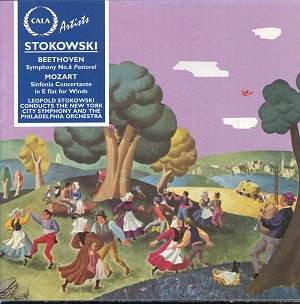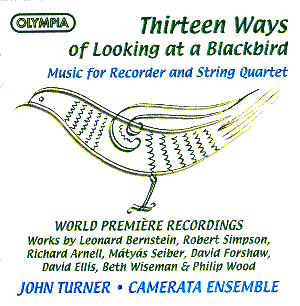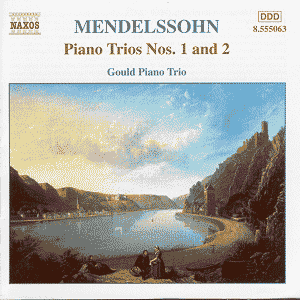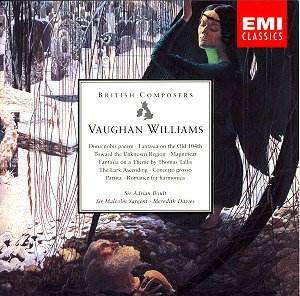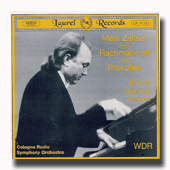 Composer: Sergei Rachmaninov
Composer: Sergei Rachmaninov
Works: Rhapsody on a Theme of Paganini; Sergei Prokofiev, Piano Concerto No. 3 in C minor
Performers: Mark Zeltser (piano), Cologne Radio Symphony Orchestra/Rudolf Barshai
Recording: Recorded in the Philharmonie, Cologne, in 1999 (or possibly earlier)
Label: Laurel Records LR-904
Rachmaninov’s Rhapsody on a Theme of Paganini stands as a cornerstone of the piano repertoire, a work infused with both virtuosity and lyrical beauty. Composed in 1934, it reflects Rachmaninov’s profound understanding of orchestral color and the piano’s expressive capabilities. The work’s 18th variation, often considered one of the composer’s most memorable melodies, has transcended the concert hall to become an enduring favorite. Prokofiev’s Piano Concerto No. 3, written in 1921, offers a stark contrast with its vigorous rhythms and complex harmonies, encapsulating the post-revolutionary Russian spirit. Together, these works present a fascinating juxtaposition of styles and emotional landscapes, especially when interpreted by pianist Mark Zeltser and the Cologne Radio Symphony Orchestra under Rudolf Barshai.
Zeltser’s recorded performance of the Rhapsody is notable for its deliberate pacing, clocking in at just over 25 minutes—an unusual duration that invites scrutiny. While some may see this as a lapse in momentum, the slower tempi allow for a nuanced exploration of Rachmaninov’s intricate orchestral details. Here, the lush orchestration shines, revealing depths that often remain obscured in more hurried interpretations. The 18th variation is approached with a tender lyricism, capturing its haunting beauty without succumbing to sentimentality. However, the slower variations occasionally drift into a languorous quality, at times sacrificing the vitality that drives the work forward. The concluding moments, however, are executed with appropriate fervor, leaving a satisfying finish that aligns with the piece’s dramatic arc.
Zeltser applies a similarly measured approach to Prokofiev’s Piano Concerto No. 3, which, at 30 minutes, reveals a subtle shift in pacing. This interpretation, while occasionally bordering on stolid, finds its strengths in the expansive second movement marked misterioso, where Zeltser’s control and sensitivity are especially effective. His robust treatment of the finale is exhilarating, particularly during the development of the “big tune,” where a fine balance between bravura and reflection is achieved. The coda, with its exhilarating drive, is executed with a panache that underscores Zeltser’s technical prowess.
The sound quality of this recording deserves particular mention. The balance between piano and orchestra is judiciously managed, allowing Zeltser’s crisp articulation to emerge without overshadowing the orchestral backdrop. Barshai’s conducting is sympathetic, providing an engaging soundscape that complements the piano without overwhelming it. The recording, despite its age, retains a spaciousness that enhances the listening experience, facilitating a clear appreciation of both the individual lines and the ensemble interplay.
When placed alongside other notable recordings of these works, Zeltser’s interpretations may not always conform to the more vibrant or fleet-footed performances one might typically encounter. Yet, this deliberate approach offers a refreshing perspective on Rachmaninov’s lush harmonic world and Prokofiev’s intricate textures. The recording, while perhaps not a definitive version, presents a thoughtful and articulate exploration of both compositions, with Zeltser’s clean articulations and Barshai’s adept orchestral management standing out as its most commendable features.
This recording of Rachmaninov and Prokofiev reveals a pianist deeply engaged with the text and nuance of each work. Zeltser’s interpretations, while occasionally slow, allow for a rich exploration of orchestration and thematic development, presenting a refreshing alternative to the fast-paced performances that often dominate the repertoire. The engineering complements the performance beautifully, making this disc a valuable addition for those seeking a thoughtful, if occasionally unhurried, examination of these two masterpieces.
